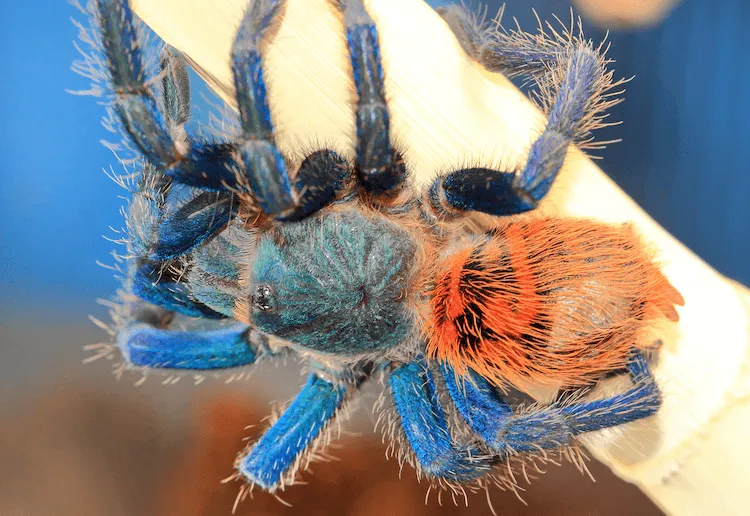What is the Average Greenbottle Blue Tarantula Lifespan?
The Greenbottle Blue Tarantula (Chromatopelma cyaneopubescens), a vibrant and captivating species, is a popular choice for tarantula enthusiasts. One of the most common questions asked by potential owners pertains to their lifespan. Understanding the lifespan of these beautiful creatures is crucial for responsible pet ownership. The average lifespan of a Greenbottle Blue Tarantula varies depending on a number of factors, but in general, female Greenbottle Blues tend to live significantly longer than their male counterparts. This difference in lifespan is a common characteristic among many tarantula species, with males often reaching maturity much earlier in their lives and subsequently having a shorter lifespan. However, with proper care, both male and female Greenbottle Blue Tarantulas can thrive in captivity.
Factors Influencing Greenbottle Blue Tarantula Lifespan
Several factors play a crucial role in determining how long a Greenbottle Blue Tarantula lives. Providing the optimal environment and care can significantly extend a tarantula’s lifespan. Understanding these factors allows owners to make informed decisions and ensure the well-being of their pets. The interplay of these elements highlights the importance of comprehensive tarantula care. Neglecting any of these can decrease the overall longevity of the Greenbottle Blue Tarantula. The following subsections elaborate on these key factors, detailing specific considerations for maximizing lifespan.
Diet and Nutrition
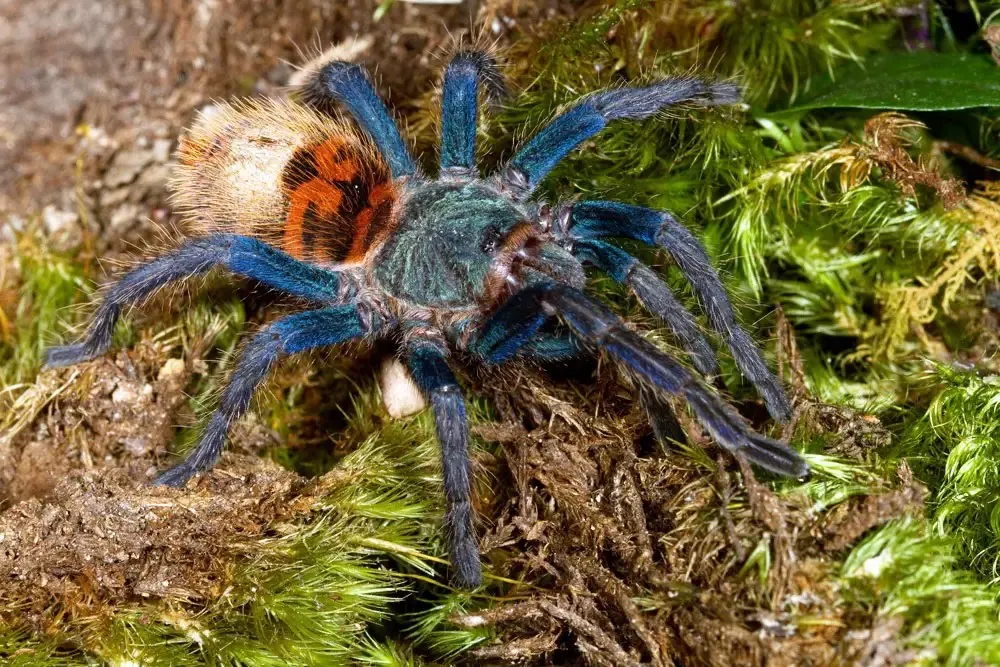
A balanced and appropriate diet is fundamental to the health and longevity of a Greenbottle Blue Tarantula. They are primarily insectivores, meaning their diet should consist mainly of insects. Crickets, mealworms, roaches, and other readily available insects are common food choices. The nutritional value of the insects offered is also important; gut-loading the insects before feeding them to your tarantula can enhance the overall health benefits. It is advisable to provide a variety of insects to ensure a diverse intake of nutrients. Offering too much or too little food can negatively impact their lifespan, hence, careful monitoring and adjustments are important. Overfeeding can lead to obesity and potential health issues, while underfeeding can result in malnutrition. Regular feeding schedules and observing the tarantula’s behavior are essential parts of ensuring a healthy diet.
Environmental Conditions
Maintaining the correct environmental conditions is crucial for the Greenbottle Blue Tarantula’s well-being. This includes temperature, humidity, and the overall enclosure setup. Greenbottle Blues thrive in a specific range of temperatures and humidity levels, and it is essential to replicate their natural habitat as closely as possible. The enclosure should be well-ventilated, but not too drafty, and should provide ample space for the tarantula to move and explore. The substrate used in the enclosure should also be appropriate, providing a surface that allows for burrowing and maintaining proper humidity levels. Regular monitoring of these environmental factors is necessary to ensure optimal conditions. The proper set up will mimic the natural habitat, which is key for their longevity and overall well-being.
Gender Differences
As previously mentioned, the gender of the Greenbottle Blue Tarantula plays a significant role in their lifespan. Female Greenbottle Blues typically live much longer than males. This difference is often attributed to the physiological demands of mating and the subsequent shorter lifespan of males. While both male and female Greenbottle Blues are stunning and captivating, the extended lifespan of females is a factor that many owners consider when choosing their tarantula. Knowing the sex of your tarantula provides insight into the lifespan you can expect, allowing for better planning and care.
How to Extend Your Greenbottle Blue Tarantula’s Lifespan
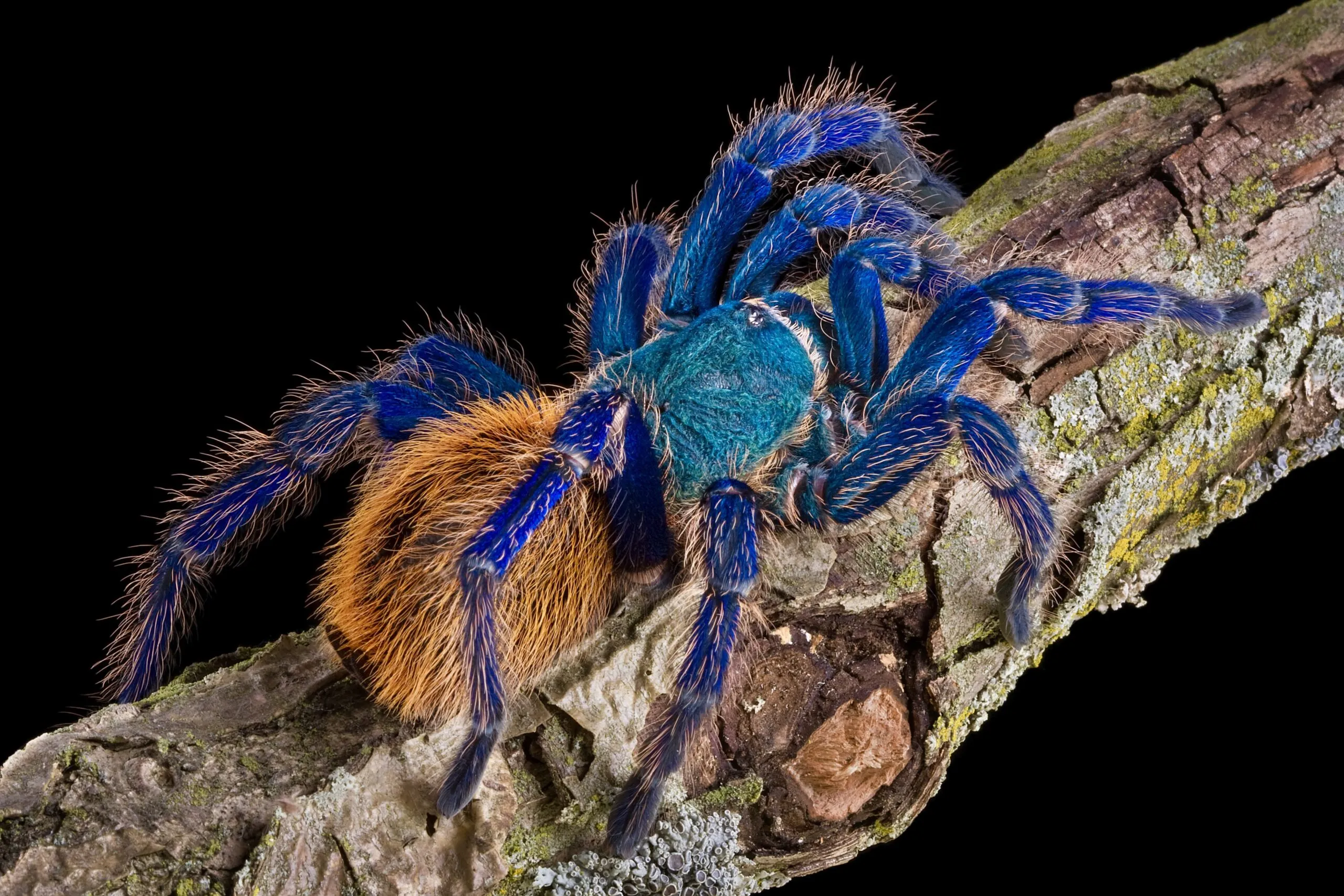
Providing the best possible care is paramount for extending the lifespan of your Greenbottle Blue Tarantula. This includes maintaining a suitable habitat, ensuring proper feeding and hydration, and undertaking regular health checks. The efforts made by the owner will significantly impact the spider’s health and longevity. Careful attention to the details of tarantula care can significantly improve your pet’s quality of life and help it live a long, healthy life. By adhering to these guidelines, owners can significantly contribute to the well-being of their Greenbottle Blue Tarantulas, ensuring they live as long as possible.
Providing a Suitable Habitat
Creating a suitable habitat is one of the most critical factors in extending your Greenbottle Blue Tarantula’s lifespan. The enclosure should be appropriately sized for the tarantula’s size, providing ample space for movement and exploration. It is equally important to use an appropriate substrate that is suitable for burrowing and helps maintain the correct humidity levels. Decorations should be provided, such as cork bark or artificial plants, to allow the tarantula to feel secure and mimic its natural environment. Regular cleaning and maintenance of the enclosure are essential to prevent the buildup of waste and maintain a healthy environment. These details are essential and will aid in replicating their natural environment as closely as possible.
Proper Feeding and Hydration
As the diet is the most important factor, ensuring your Greenbottle Blue Tarantula has access to nutritious food and fresh water is essential for a long and healthy life. Offer a variety of insects, such as crickets or roaches, and gut-load them with nutritious food before feeding them to your tarantula. Providing a shallow water dish with fresh, clean water is crucial for hydration, and the water should be readily available at all times. Monitoring your tarantula’s eating habits will also help identify any potential health issues. These steps help to ensure that the tarantula’s essential needs are met.
Regular Health Checks
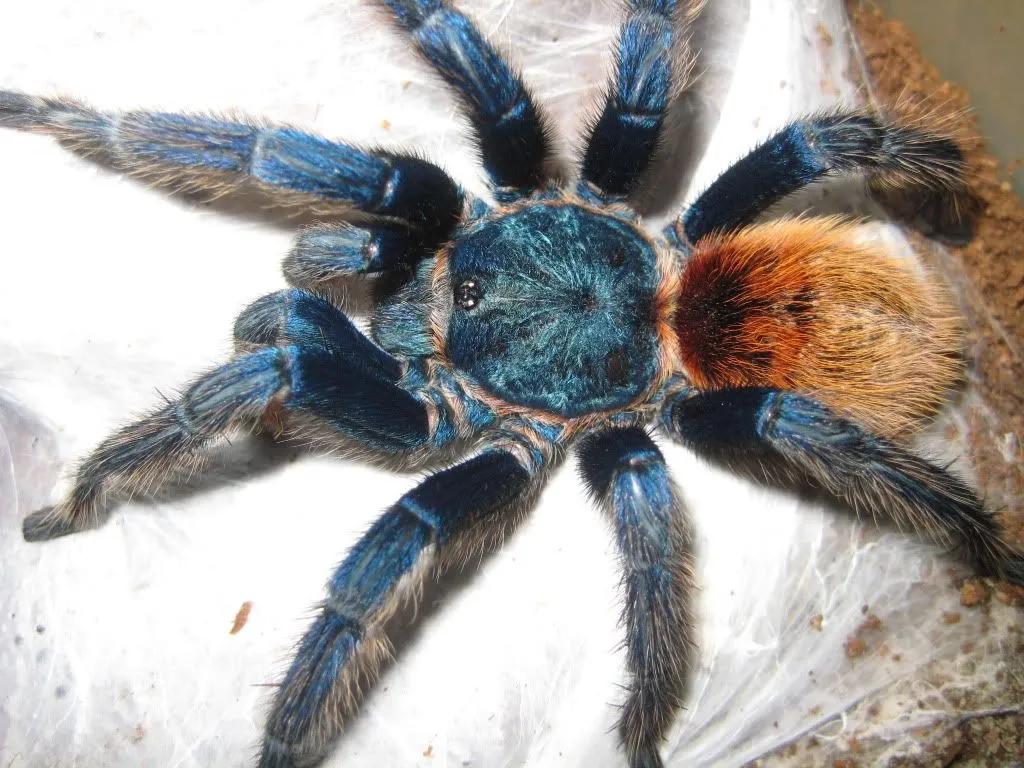
Conducting regular health checks is vital for early detection of any potential health issues. Monitoring your tarantula’s behavior, such as its activity level, eating habits, and molting frequency, can provide valuable insights into its health. Inspect the tarantula for any signs of parasites or diseases, such as unusual spots or changes in appearance. Any unusual findings should be addressed promptly by consulting with a veterinarian who has experience with tarantulas. Early detection and intervention are key to preventing serious health problems and ensuring a long lifespan. These steps contribute greatly to the tarantula’s health and longevity.
Common Health Issues Affecting Lifespan
Even with the best care, Greenbottle Blue Tarantulas can be susceptible to various health issues that can impact their lifespan. Understanding the common health problems can help owners proactively address potential issues and provide better care. Early detection, coupled with the right treatment, can help manage these problems and extend the lifespan of the tarantula. The following sections provide additional details on the most common health concerns.
Molting Problems
Molting is a natural process where tarantulas shed their exoskeleton to grow and regenerate. However, molting can sometimes be problematic, and this is one of the leading causes of mortality in captive tarantulas. Issues can include difficulty molting, or becoming trapped in the old exoskeleton. It’s important to maintain appropriate humidity levels to aid in the molting process. If you observe any issues with molting, it is important to address them immediately to prevent complications. Providing the right environment and not disturbing the spider during this process is vital.
Parasites and Diseases
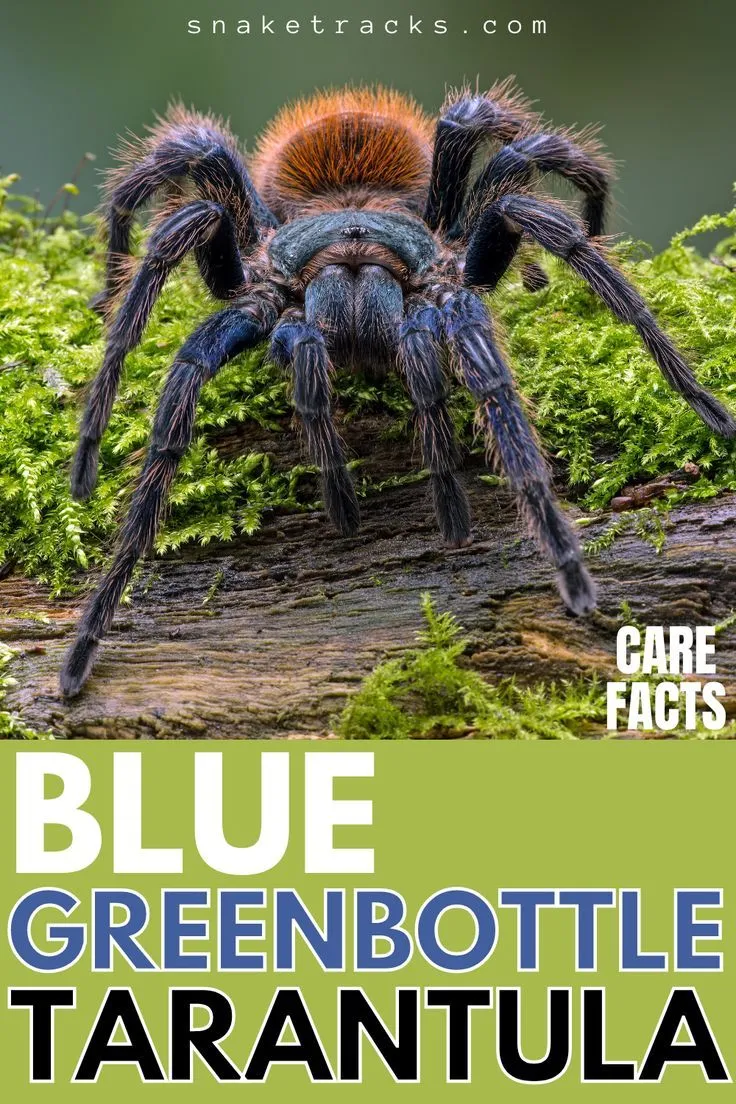
Parasites and diseases can also pose a threat to the health of Greenbottle Blue Tarantulas. Internal parasites can sometimes infest tarantulas, leading to various health problems. Additionally, bacterial or fungal infections can arise if the enclosure isn’t kept clean. Regular health checks, maintaining the correct environmental conditions, and practicing good hygiene can help prevent these issues. If you suspect your tarantula has parasites or diseases, it is essential to seek veterinary care immediately. The appropriate action can ensure the health and longevity of your pet.
Conclusion
The Greenbottle Blue Tarantula is an amazing pet, and understanding its lifespan is the first step towards proper care. By understanding the factors influencing their lifespan and providing the right care, owners can ensure their tarantulas live long, healthy, and vibrant lives. From providing an appropriate habitat to proper feeding, and being vigilant for potential health problems, a dedicated owner can provide the best life for their Greenbottle Blue Tarantula. These amazing creatures will continue to be a cherished part of the pet community!
